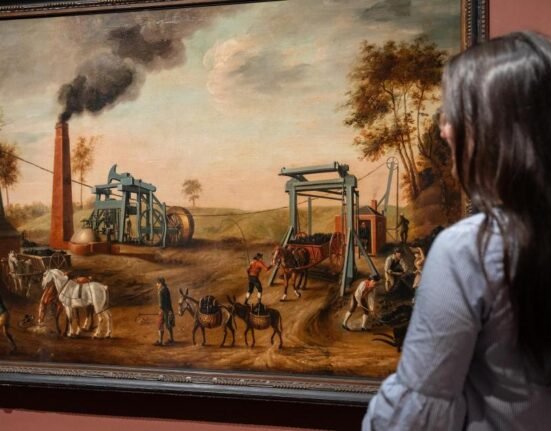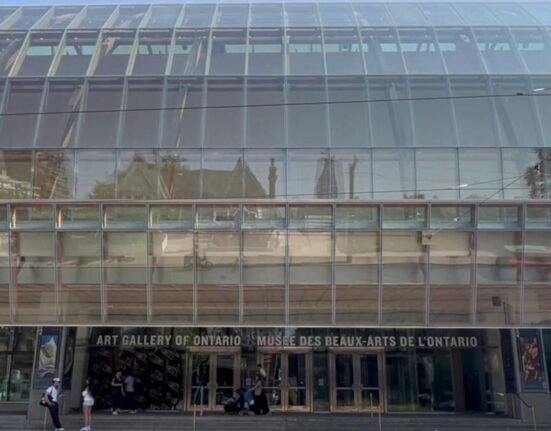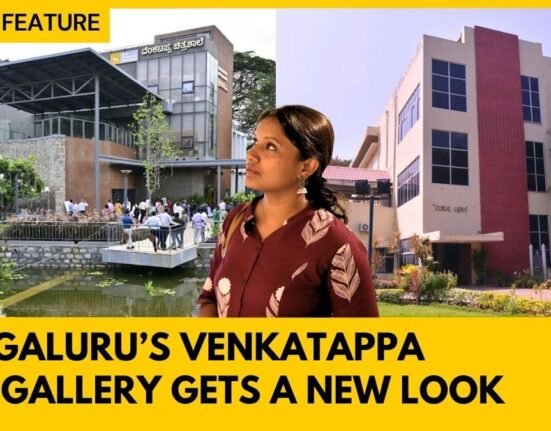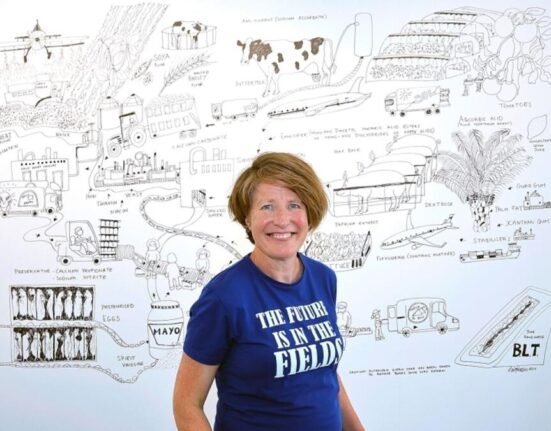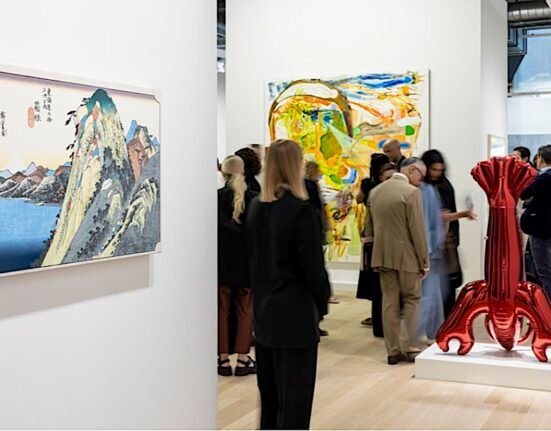This immersive art experience just opened in Abu Dhabi
Editor’s Note: This series is, or was, sponsored by the country it highlights. CNN retains full editorial control over subject matter, reporting and frequency of the articles and videos within the sponsorship, in compliance with our policy.
Abu Dhabi
CNN
—
Known for its boundary-pushing works at the intersection of art, technology and nature, art collective teamLab has added to its exhibitions in Japan, Saudi Arabia and China with a new multi-sensory museum in the United Arab Emirates.
Walking up to teamLab Phenomena, in Abu Dhabi’s Saadiyat Cultural District, you’re met with an enormous white building with an amorphous form that’s difficult to characterize. “We came up with this shape that people cannot define, and that’s what makes it curious for people,” says Tony Abi Gebrayel, managing partner of MZ Architects, the local firm that partnered with teamLab on the exterior architecture.
Its brilliant-white façade is made up of myriad panels — no two alike — adding to the 17,000-square-meter (183,000-feet) building’s organic and asymmetrical feel.

Entering through the doors into a darkened reception, your eyes take a second to adjust to the extreme contrast to the bright white outside. The darkness is meant to heighten your senses for what awaits inside — a collection of 25 interactive digital art exhibits.
The museum is divided into two zones: dry and wet. In many of the dry areas, the floor of the exhibits undulates, because, says teamLab’s principal interior architect Shogo Kawata, the soles of our feet aren’t flat, and are therefore more suited to walk across organic shapes than even surface. Doing so can bring visitors closer to nature, he says.
In the wet zones, shoes and socks are removed and trousers rolled up, as guests move through areas flooded with shallow water. Walking through one exhibit, the water level rises and falls, changing your proximity to the digitally projected artworks.

Moving around the museum is an experience in itself. Light projections on the floors and walls react to your movements and presence, and reaching out to touch the installations feels playful and thought-provoking.
Entering one exhibit in the wet area, you’re met with an earthy, organic smell from the water. “Floating Microcosms” is a collection of unanchored soft sculptures — or “Ovoids” — bobbing in ankle-deep water. Wading around can create waves which topple these Ovoids, and they fall over, only to rise again, emanating different colored lights and sound tones. The Ovoids can also be pushed over and moved around by visitors, so the exhibit is constantly transformed. Kawata wants visitors to have “physical experiences — to smell and touch things” and to “take home the feeling they had visiting this space.”

In “Wind Form,” lights projected on the uneven ground and walls are meant to replicate the movement of wind. Moving through, the artwork reacts to you, as if you are blocking the natural passage of a breeze; the lights stop where your feet touch the ground, and you can see the ripples of this change spread over the walls around you.

Toshiyuki Inoko is one of the founders of teamLab. Established in 2001 in Japan, the international collective comprises artists, architects and tech specialists, with a mission to help visitors to move beyond perceived boundaries of the world by experiencing their art.
Inoko says that it is an honor to have his museum open amongst the other landmarks in Saadiyat Cultural District — already well-established locations like the Louvre Abu Dhabi and the Manarat Al Saadiyat gallery, as well as many currently in development, such as the Guggenheim, the Zayed National Museum, and the Natural History Museum.
He hopes that by engaging with the exhibits and seeing them react to their presence
visitors take away a new “connection with themselves and with the environment itself.”


